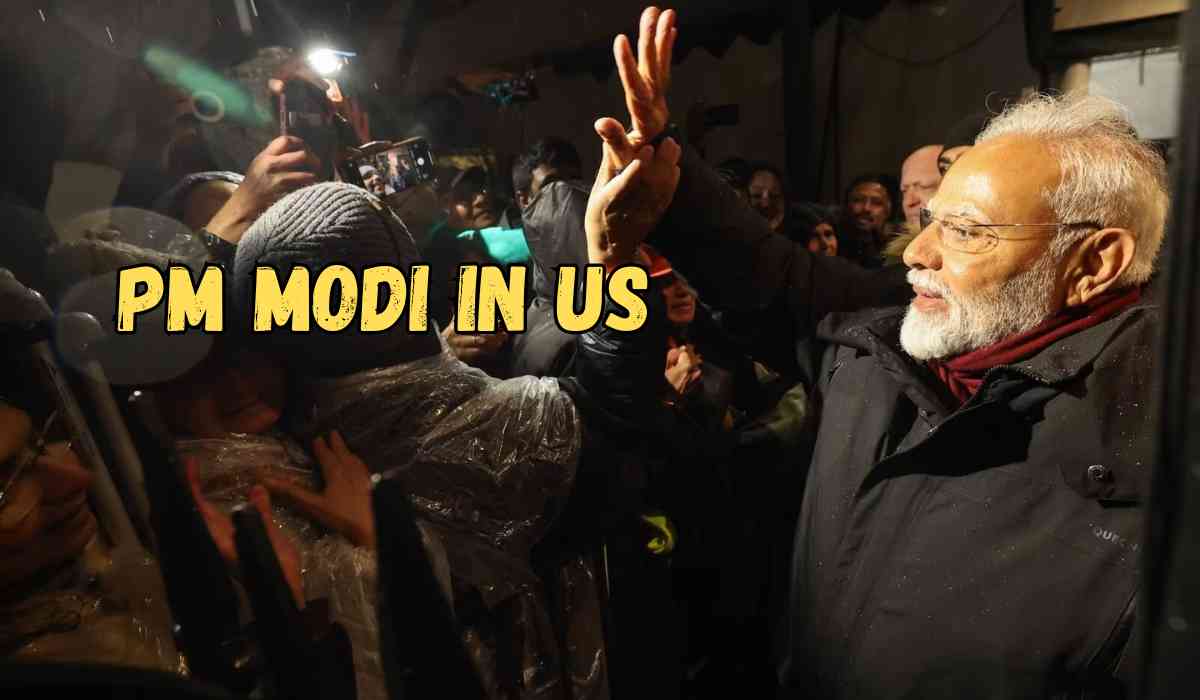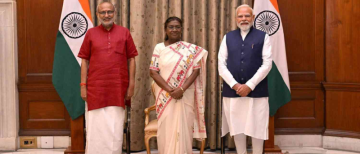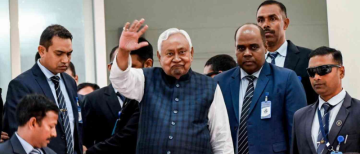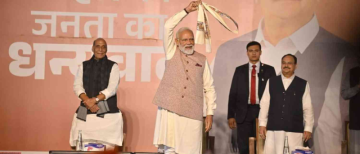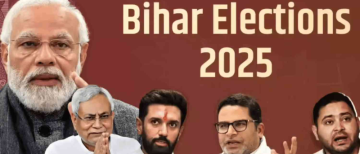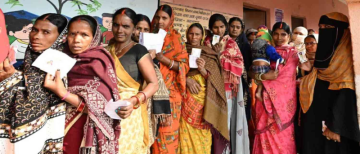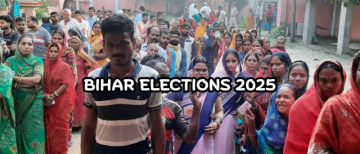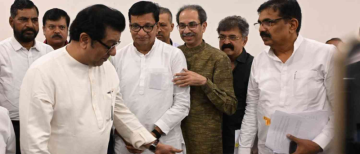Prime Minister Narendra Modi was among the first world leaders to congratulate his "friend" Donald Trump on his historic victory in the U.S. presidential elections. Now, as Modi embarks on his first bilateral visit to Washington during Trump’s second term, the stakes are higher than ever.
This visit, following a productive tour of France, is expected to be significant as India navigates critical economic, defense, and geopolitical issues amid growing global uncertainties. With Modi set to meet Trump on February 13, key topics such as trade, tariffs, defense partnerships, immigration policies, and energy cooperation will dominate the discussions.
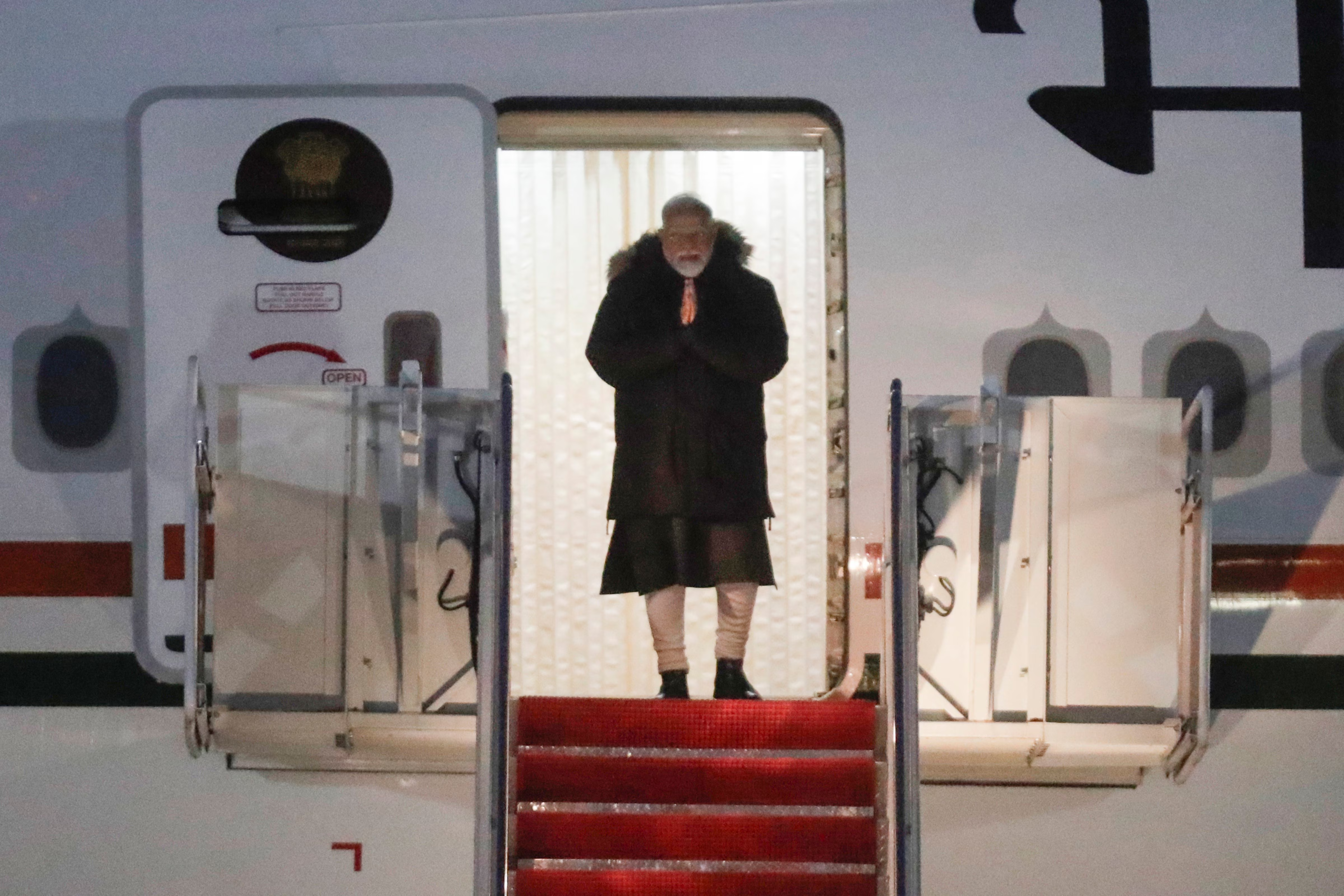
Trade and Tariffs: A High-Stakes Negotiation
Economic cooperation is expected to take center stage, given Trump’s aggressive stance on tariffs. The U.S. remains India’s largest trading partner, with bilateral trade reaching $118 billion in 2023-2024. However, India’s trade surplus of $45.6 billion in 2024 has not sat well with Trump, who has often described India as a "tariff king."
Key Trade Concerns:
-
Tariff Threats: Trump has already imposed tariffs on China, Canada, and Mexico while temporarily pausing some measures. Although India has been spared for now, Trump's recent announcement of a 25% tariff on aluminum and steel imports—with no exemptions—poses a significant challenge.
-
Indian Import Duty Cuts: India has taken steps to ease trade tensions, with Union Finance Minister Nirmala Sitharaman reducing import duties on high-end motorcycles and electric batteries in the Union Budget 2025.
-
Negotiating Tariff Reductions: New Delhi is prepared to phase out some of the tariffs it imposed in response to previous U.S. trade actions in 2019. While eight items have been removed from the list, 20 remain subject to high duties.
-
Revival of Trade Deal Talks: A trade pact was discussed during Trump's first term but remained unfinished. The Biden administration did not pursue negotiations, but experts believe Modi and Trump could restart talks for a trade agreement.
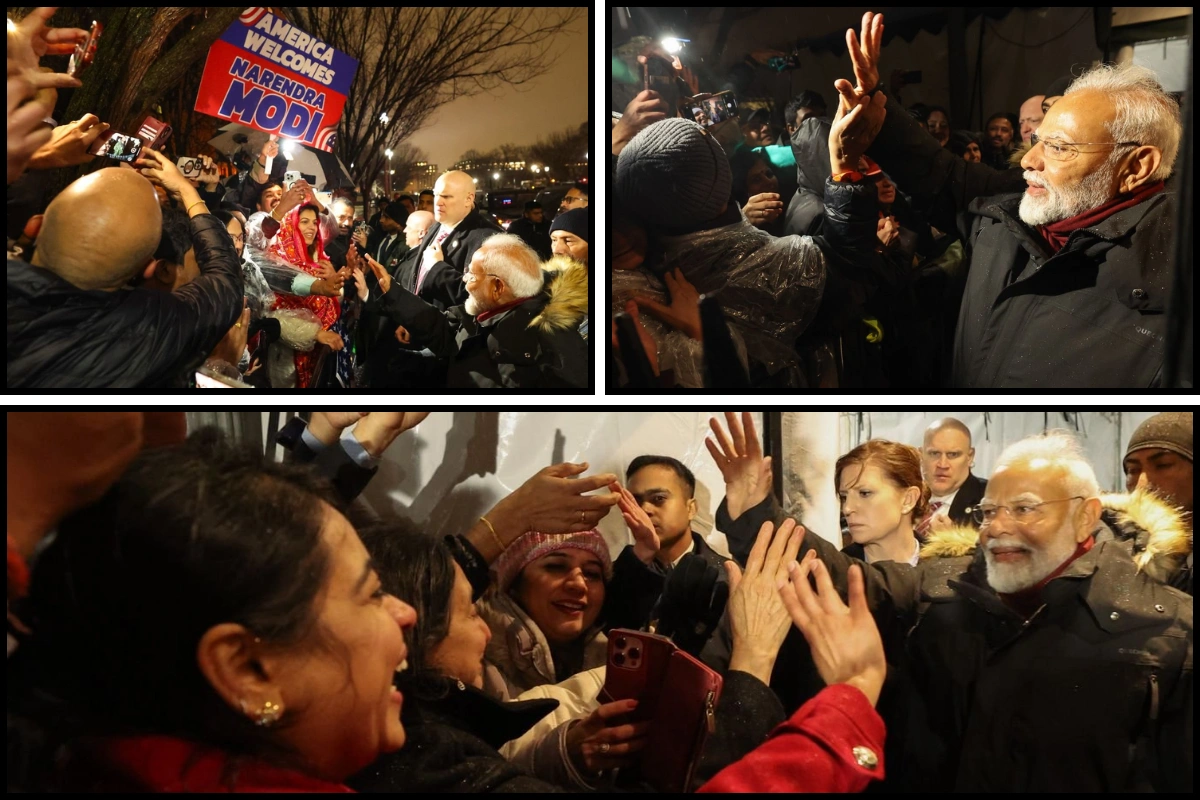
Strengthening Defense Ties: Expanding Military Procurement
Defense cooperation has been a cornerstone of U.S.-India relations, and this visit is expected to further bolster military collaborations.
Defense Discussions on the Table:
-
Acquisition of U.S. Military Technology: Trump has urged India to expand its procurement of U.S. military equipment, including fighter jets, drones, and armored vehicles.
-
Potential F-35 Jet Purchase: While India has been acquiring Rafale jets from France, Washington is keen on selling its F-35 fighter jets to New Delhi.
-
Revival of P-8I Procurement: India is looking to revive the stalled procurement of six advanced P-8I maritime patrol aircraft.
-
Defense Imports as a Leverage in Trade Talks: Increasing defense imports could help India negotiate tariff reductions with the U.S.
-
Commitment to Atmanirbhar Bharat: Despite these acquisitions, India will have to balance its defense deals with its self-reliant defense manufacturing strategy.
Immigration and Visas: Addressing H-1B Concerns
Trump’s strict immigration policies remain a pressing concern for India, particularly regarding visa programs and deportations.
Key Immigration Issues:
-
Crackdown on Illegal Immigrants: The U.S. recently deported 104 Indian nationals, with at least 487 more expected to be sent back. Reports of mistreatment of these deportees have sparked criticism in India.
-
H-1B Visa Program: Modi is expected to raise concerns over the H-1B visa program, which is crucial for Indian IT professionals. Ensuring no adverse changes to the visa policy will be a priority for New Delhi.
-
Request for Humane Deportation Practices: India will likely push for better treatment of deportees, addressing concerns over handcuffing and shackling practices.
Energy Cooperation: Reducing Dependence on Russia
Energy security will be a crucial aspect of Modi’s discussions with Trump, with the U.S. pushing India to reduce its reliance on Russian oil and diversify its energy sources.
Key Energy Topics:
-
Increasing U.S. Energy Imports: Until 2021, the U.S. was a top oil exporter to India, but the Russia-Ukraine war altered global energy trade patterns. The U.S. may encourage India to return to American suppliers.
-
Investment in Nuclear Energy: India is likely to seek U.S. investment in its nuclear energy projects. Recently, the Indian government proposed amending nuclear liability laws to attract foreign and private sector investments.
-
Collaboration on Advanced Nuclear Technologies: India and the U.S. will discuss cooperation in advanced nuclear reactors and small modular reactors to enhance energy security.
The China Factor and Emerging Technologies
While trade, defense, and energy dominate the agenda, discussions may also touch upon:
-
China’s Influence in the Indo-Pacific: India and the U.S. share concerns over China’s assertiveness in the region. Strengthening the QUAD alliance (India, U.S., Japan, and Australia) may be part of the strategic discussions.
-
Technology and AI Collaboration: Modi and Trump may explore deeper cooperation in artificial intelligence and emerging technologies to strengthen bilateral ties.
The Road Ahead: What Modi’s Visit Means for India-U.S. Relations
PM Modi’s visit to Washington DC is pivotal for shaping the future trajectory of U.S.-India relations. While pressing trade and defense issues may not be resolved overnight, this meeting is expected to lay the groundwork for negotiations over the next four years.
With both leaders known for their strong personalities and diplomatic rapport, India will be hoping for a continuation of their "bromance" from Trump’s first term. The outcome of this high-stakes visit will determine the course of economic and strategic engagements between the two nations in the years ahead.
With inputs from agencies
Image Source: Multiple agencies
© Copyright 2024. All Rights Reserved Powered by Vygr Media.

